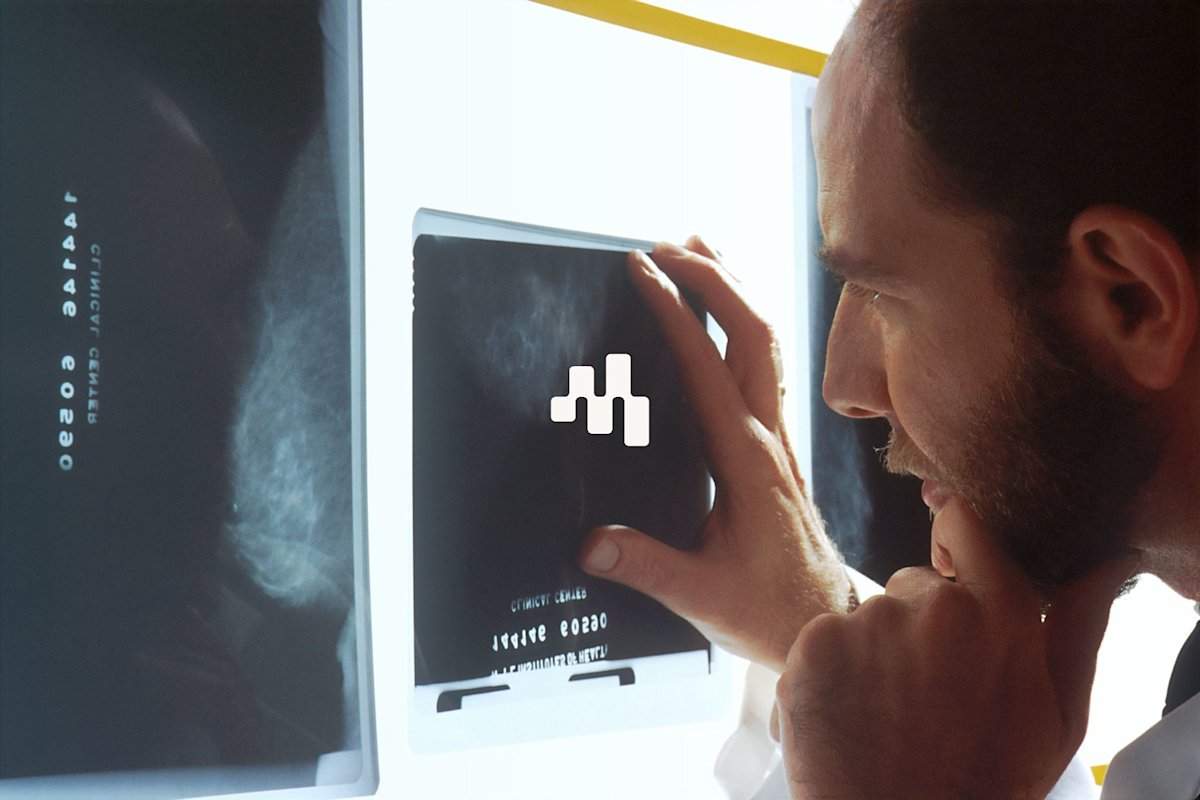Always-On AI Agents Are Reshaping the Business of Care
Healthcare always runs on a 24-hour clock, with patients expecting swift responses and clinicians striving to keep pace. Yet even the most dedicated professiona...
July 28, 2025

Healthcare always runs on a 24-hour clock, with patients expecting swift responses and clinicians striving to keep pace. Yet even the most dedicated professionals have biological limits. A new survey by the MDU which represents approximately 200,000 healthcare professionals across the UK, paints a concerning picture of clinician fatigue in 2025.
More than one in three doctors (35%) reported that extreme tiredness had directly impaired their ability to treat patients. An additional 34% said their ability to practise may have been affected, bringing the total to 69% of respondents acknowledging that fatigue had, or could have, compromised patient care.
These numbers represent a marked deterioration from just three years ago.
In 2022, 26% said their clinical judgement had been impaired by exhaustion—compared to 35% today. The proportion of clinicians experiencing daily sleep deprivation more than doubled, from 9% in 2022 to 22% in 2025.
When Admin Time Spikes, Business Performance Suffers
These rising levels of clinician fatigue aren’t just alarming but they’re operationally unsustainable. When nearly seven in ten doctors report that tiredness may be compromising care, the issue extends beyond workforce morale and into patient safety and systemic performance.
Compounding the challenge is the growing weight of administrative tasks, which not only eat into clinical time but also exacerbate burnout, increase error risk, and push already stretched teams to breaking point.
As policymakers debate long-term workforce supply, hospital executives confront immediate operational risk: administrative overload inflates labour costs, prolongs wait times, and drags national access targets into jeopardy.
To meaningfully relieve that pressure, healthcare systems need more than insights—they need execution.
Why Always-On Agents Matter Now
That’s why forward-looking systems are shifting from passive dashboards to active AI agents—not just surfacing problems, but quietly resolving them in the background.
Take something as familiar as the phone line.
With Motics’ Phone Agent, incoming calls are answered in about two seconds, and 80% of routine queries are resolved without human input. More complex cases are intelligently escalated, complete with patient context.
In the consultation room, Motics’ Scribe Agent listens to multi-speaker conversations and drafts structured clinical notes in real time. In a care home, this capability reduced care-plan review time from 45 minutes to just 12—freeing up 11 hours per week for nurses to spend on home visits rather than documentation.
Even post-visit admin sees gains. The Email Agent pulls in real-time scheduling data to draft accurate, timely replies. It cuts email response time by 83% and giving entire teams back usable hours every day.
Together, these tools represent a quiet but powerful shift in how clinics run—less friction, more flow, and time returned where it matters most.
From Tactical Relief to Strategic Advantage
What began as a tactical response to burnout is now emerging as a long-term strategic advantage.
Agentic AI offers more than marginal gains—it provides always-on capacity that scales services without increasing headcount, standardised scripting that improves consistency and safety, and round-the-clock responsiveness that elevates patient satisfaction at a time when regulatory expectations around access are tightening.
As systems look to consolidate early wins, the conversation is shifting from “if” to how and where to scale. Responsible rollout is no longer a blocker—it’s a blueprint. Governance structures ensure that AI agents operate within human-in-the-loop boundaries. Secure APIs embed them into existing workflows without disrupting compliance. And clear, clinical KPIs offer early proof points that boards, clinicians, and finance teams can align around.
For operational leaders, the playbook is becoming clear.
Start with one high-friction workflow—such as after-hours phone triage, care documentation, or admin-heavy inboxes. Use the resulting data and clinician feedback to make the business case for broader rollout. From there, scale intelligently, focusing on workflows where human expertise is best preserved and AI can take on the rest.
The reality is that labour shortages and rising patient expectations aren’t going away. But with the right automation in place, health systems can protect their workforce, streamline delivery, and exceed access benchmarks—without sacrificing safety or experience.
Turn interest into outcomes
Schedule a quick demo with Motics to design a focused pilot, model ROI, and see where automation delivers immediate relief.
Published by the Motics Editorial Team